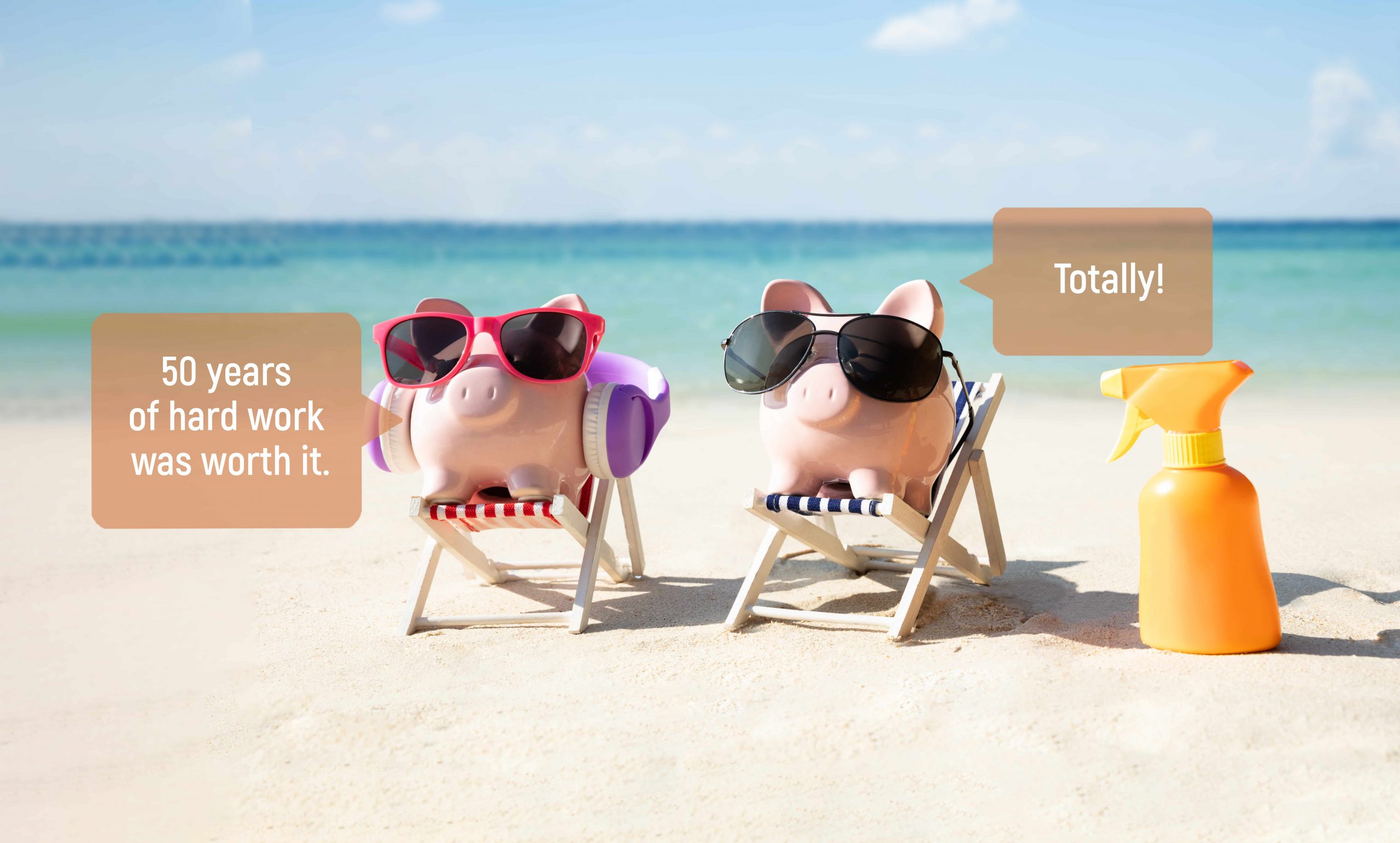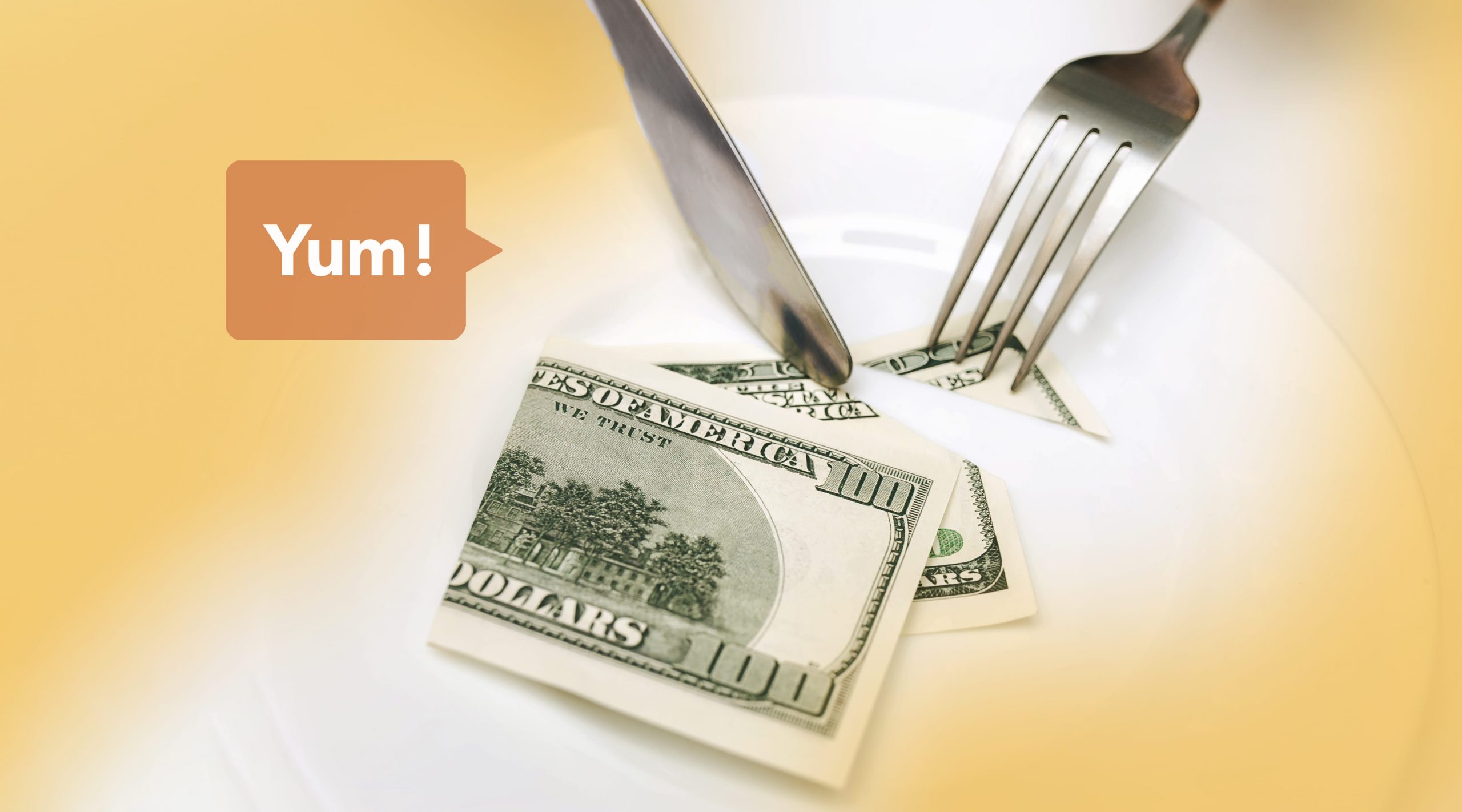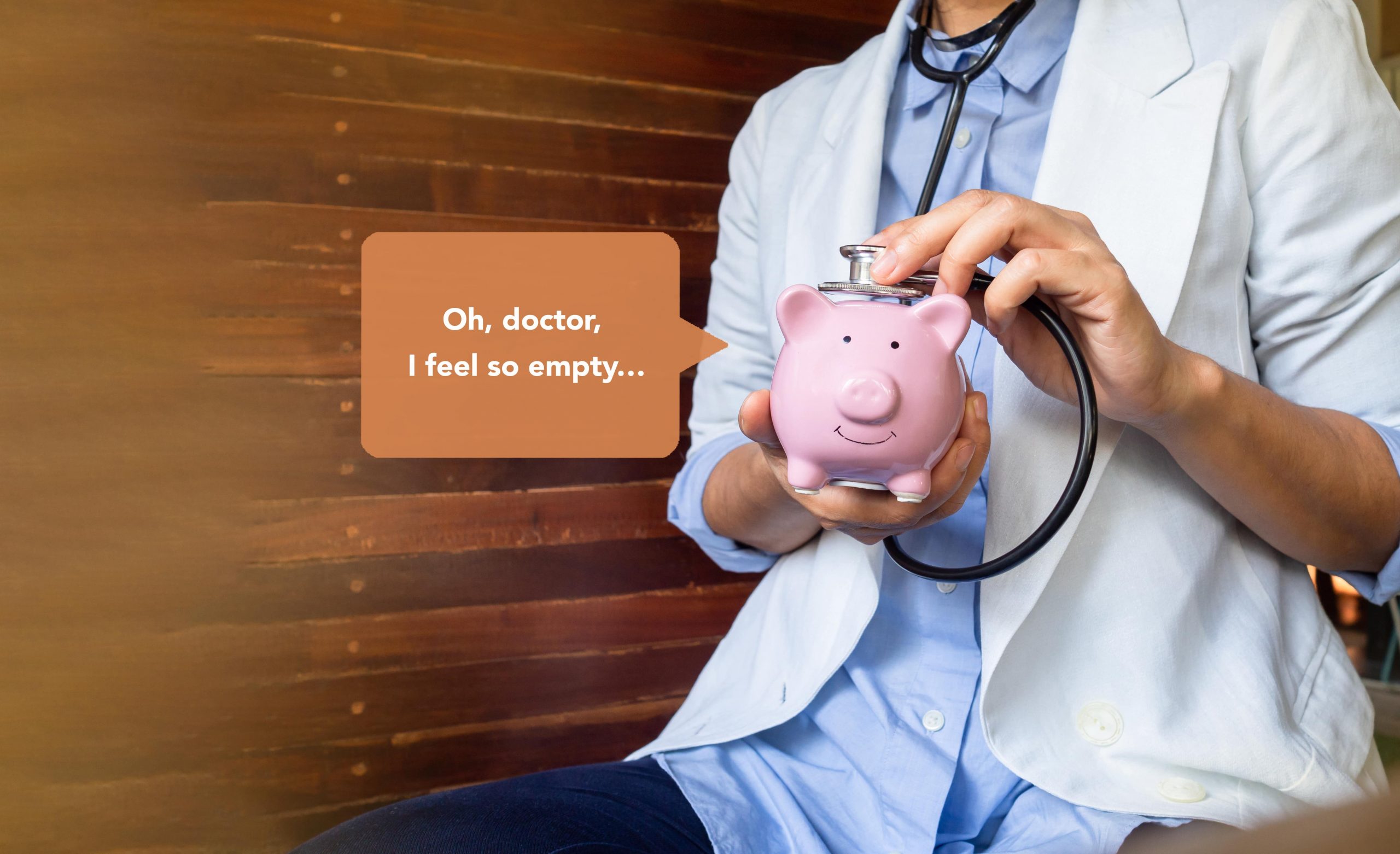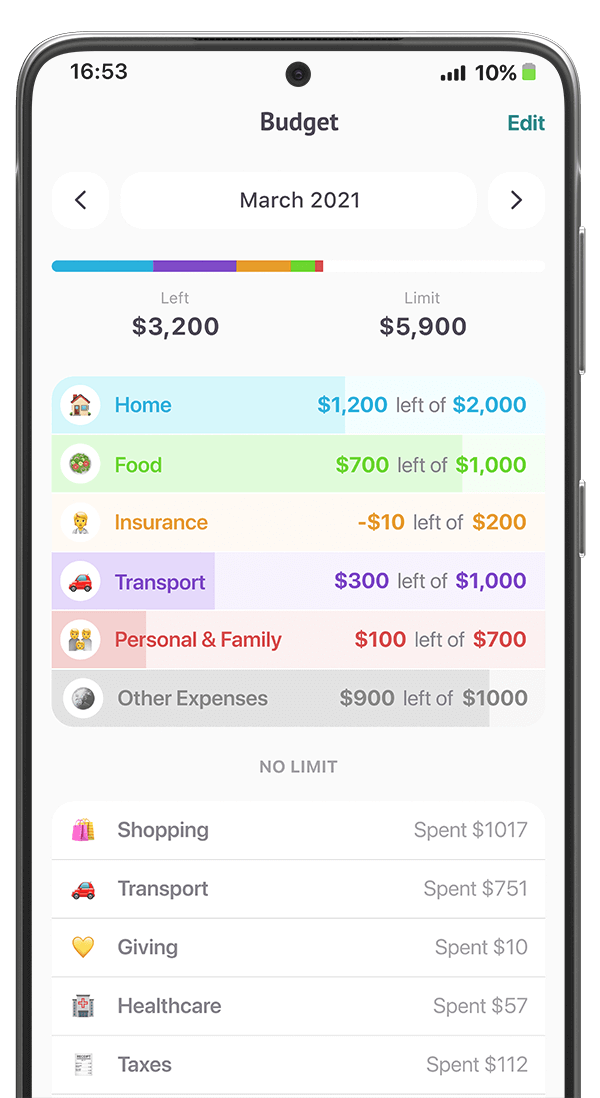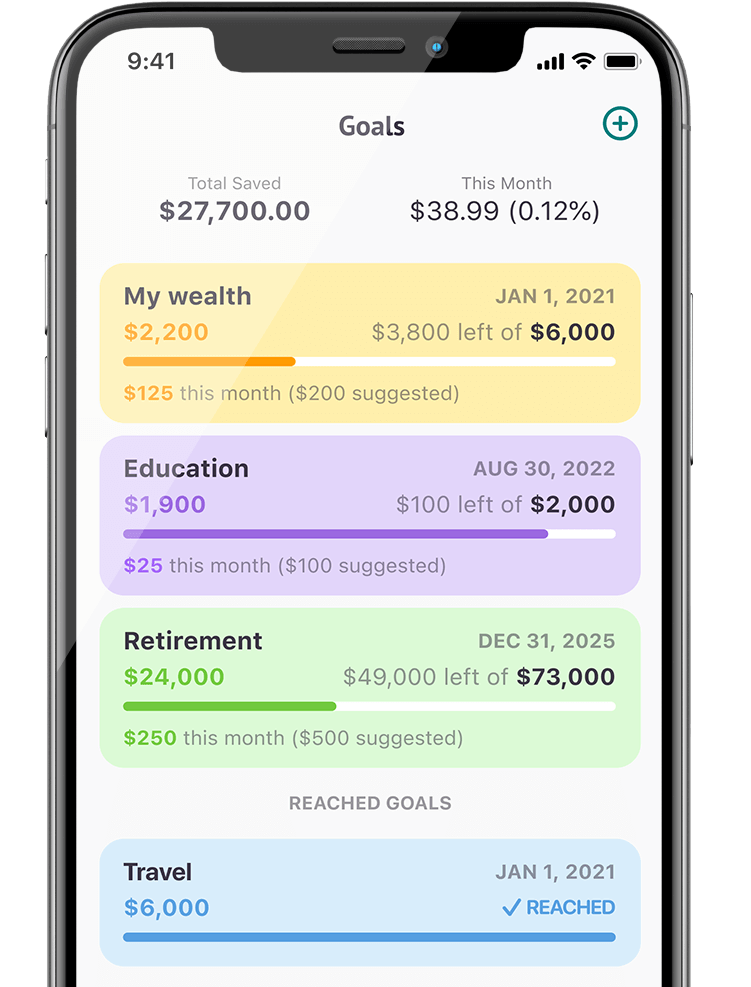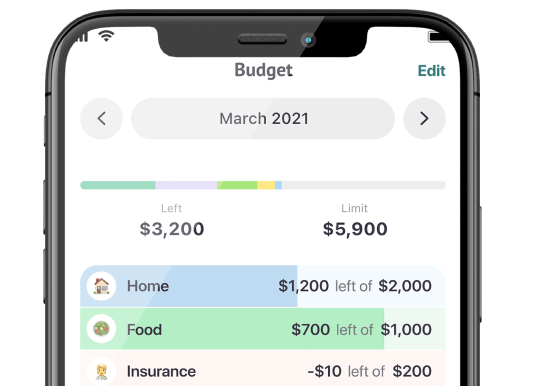Going into debt is never anyone’s first choice, but if you’ve got an unavoidable expense coming up that you can’t cover out of pocket, a personal loan may be a better choice than racking up high-interest payments on your credit cards. If you’re considering it, you’re not alone! Between 2015 and 2019, the total personal loan balance in the US jumped from $72 billion to $ 143 billion, more than doubling. And if you’re a millennial, your generation has seen the biggest generational increase, with average loan balances increasing 44% from 2014 to 2019.
Getting any kind of loan can be a bit scary, but the rationale behind it is fairly simple: if getting a loan would help you save or make money, it might be a good idea. For example, debt consolidation loans can help you get lower interest rates, or using a loan to buy a used car can help you get to your job. You can use a personal loan for just about anything, though, so if you plan to spend it on something you don’t really need, like a vacation or a fancier wedding, you may want to reconsider whether it’s worth paying interest.
Whatever your reasons, though, you should at least know the basics of how personal loans work!
What are personal loans and how do they work?

The basics
There are different types of personal loans, but, in the most common scenario, you’ll borrow a sum of money (an average of $5,659 as of November 2020) at a fixed interest rate and repay it over a fixed period of time (generally 1-5 years) without offering any collateral. That’s a “fixed-rate unsecured personal loan.” If you get it, the money will be deposited into your bank account as a lump sum for you to spend as you like (though some may have conditions).
Interest rates
Your personal loan’s interest rate depends on a few factors:
- Credit score (720+ is best, 640-660 is typically minimum)
- Loan term (Shorter loans = lower interest rates!)
- Income (higher is better!)
- Debt-to-income ratio (Your monthly debt payments/monthly income)
- Employment
- Collateral
Having a good credit score is essential for getting a personal loan at a good rate. With a score of 720 or above, personal loans will generally be cheaper than some other types of credit. With a score of 660 or below, you may have trouble getting approved and will probably get pretty high rates—potentially even higher than a credit card.
The loan term is also important. Longer-term loans come with higher interest rates, meaning you’re paying a higher rate for a longer time, so it’s a good idea to get loans for the minimum amount of time possible.
Fees
Personal loans can have three main types of fees: Origination fees, prepayment penalties, and late fees.
Origination Fees
Origination fees are charged when you first get the loan and typically range from 1 to 8%. Instead of paying extra on top of the loan, though, the lender will probably just deduct the fee from the amount they give you. You’ll then have to pay back the full amount of the loan. It’s important to know what the fee is since it will probably impact the amount you’ll get.
Prepayment Penalties
There can also be fees at the end of your loan, though! Most of the time, paying off a debt early is a good thing, but if you pay off your personal loan early, the lender misses out on interest payments. Thus, depending on the lender’s terms, you may be charged a prepayment penalty if you finish your loan before the preset term is up. The fee can be based on how much interest or balance you had remaining before paying, or simply a flat fee.
Late Fees
Almost every type of credit comes with a late fee, and personal loans are no exception. If you don’t make your monthly payment on time, you can expect to pay either a flat fee or a percentage of your monthly payment.
Repayment
Most personal loans come with a fixed repayment schedule and interest, so you’ll know ahead of time exactly how much you’ll have to pay back, interest included. For example, a two-year loan of $1000 at 10% interest will cost you $1,585, with monthly payments of approximately $193.
What Can You Use a Personal Loan For?

One of the best things about personal loans is that you can use them for almost anything. Some may have restrictions on what you can do with the money, but most just give it to you and expect you to pay it back. However, just as with credit cards, just because you can spend the money doesn’t mean you should. If you don’t absolutely need the thing you’re going to spend money on, you should probably reconsider getting the loan.
That said, here are several common uses for personal loans (statistics from LendingTree):
1. Debt Consolidation: 39%
The most common use of personal loans is to pay off other debts, making them easier to manage and potentially lowering the overall interest rate. This can often be a good move, especially if you’re finding it hard to keep track of your debts or can get better rates on a loan than on the other balances you owe.
2. Paying Off Credit Card Debt: 22%
Credit cards typically come with very high-interest rates, even if you have good credit, so paying them off using a personal loan and then paying off the personal loan at a lower interest rate is a great idea if you can swing it.
3. Home Renovations and Improvements: 7.7%
If you have an emergency repair or want to fix up your home before selling it, a personal loan can be a good way to get the money you need. If it won’t significantly increase the resale value of your home or is more of an optional upgrade, the loan might not be a good idea.
4. Necessary/Emergency Expenses: ~7%
It’s unclear exactly how many of peoples’ expenses are strictly “necessary,” but things like medical bills, moving expenses, and, to some extent, car expenses, all likely belong in this category, alongside other things you need to live or work. A gaming computer wouldn’t be a necessary expense, and so you probably shouldn’t take out a loan for it, but a laptop that enables you to do your job probably is a necessity and could merit a loan. For medical costs, though, check to see if you can get a better rate using the hospital or doctor’s payment plan.
5. Less-necessary Expenses: 3.8%
Personal loans for wedding expenses (still just at 1.5%) have grown over 100% annually in recent years, and some people also take out loans for vacations and purchases that fall into the “want” rather than the “need” category. Sometimes this can be necessary—if there’s just no avoiding an expensive wedding, a loan is often better than a credit card. If you’re using a loan for this sort of expense, though it may be worth considering how you could cut costs in order to get a smaller loan.
6. Business: 1%
Most businesses would be better served by business loans rather than personal loans, for the obvious reason that business loans are customized to meet business needs. However, if your business isn’t well-established or you’re having trouble coming up with the money, using a personal loan for business purposes may be the way to go. You’ll be personally liable for the money, though, so you should be confident that the business will be able to pay for the loan in the long run.
Types of Personal Loans

Secured vs Unsecured
Most personal loans are unsecured, meaning the lender gives you money without asking for any collateral in return. With a secured loan, though, you would have to agree to give the lender something valuable. With personal loans, that’s usually a savings account, certificate of deposit (CD), investment account, or a vehicle. Providing collateral can make getting approved easier and lower your interest rates, making them good choices if you can’t get approved for an unsecured loan with a good rate.
Fixed-rate vs Variable-rate
Most personal loans are fixed-rate, meaning the agreed-upon interest rate will never change. If it was 10% at the beginning, it will be 10% at the end. You can also get variable rates, though, which will allow the interest rate to change with the market. If interest rates are high when you’re applying for the loan, a variable rate could get you a lower rate as they fall. Rates could also rise, though, so variable rates are a bit of a gamble.
Personal Line of Credit
A personal line of credit is a loan that works a little more like a credit card. Instead of getting a lump sum in your bank account, you get access to money up to a certain maximum, and you can withdraw that money as you need it. Interest is only charged on the money you take out. This is a good idea if you’re not sure exactly how much you’ll require or if you anticipate needing to fill in some financial gaps. If you’re making a big purchase for a set amount, a normal loan is probably just fine.
Co-signed
If you don’t have the best credit, a good way to get approved for a personal loan is to have a co-signer that guarantees they’ll pay off the loan if you don’t. Even if you do have decent credit, a co-signed loan may have more favorable rates and terms than one without a co-signer.
Debt Consolidation
One of the most popular uses for personal loans is to get money to pay off multiple other debts, leaving you with one large, but hopefully lower-interest, loan. Some loans may specifically be labeled as being for debt consolidation, but there really is no difference between that and a standard personal loan.
Getting a Personal Loan

You can get a personal loan from a lot of different places: banks, online lenders, credit unions, p2p lenders, etc. The different types of lenders offer different loan terms and rates, so shopping around is probably a good idea. Many lenders have online tools that allow you to estimate your loan based on your credit score and other factors, so using those is a good start.
It can also be a good idea to apply for several loans from different places, just to see who offers you the best rate. If all the applications come within 14-30 days of each other, it’s considered “rate shopping” and the credit checks the companies run on you will only count as one negative mark on your credit report.
Before you apply, though, you’ll need to collect some documents. The lender may ask for proof of income (pay stubs, w2 forms, et cetera), evidence of your housing costs, debt statements, an official ID, a Social Security number, and other paperwork to assess your reliability.
Once you have all your information in and your application submitted, you’ll simply need to wait for a loan offer, read the terms, and choose whether or not you want to accept it. If you do accept it, you’ll go through a few steps to finalize the loan and get the money transferred into your bank account. You’ll probably have to make your first payment within 30 days, so make sure you’re able to do that!
Should I Get a Personal Loan?
If you’re not sure whether a personal loan is right for you, ask yourself a few questions:
- Do I really need the thing I’m getting the loan for?
- What are the alternatives to a personal loan? Could a 0% interest credit card, a home equity line of credit, or other credit instrument work better?
- Will I be able to make the payments on this loan?
If getting a personal loan still seems like the most practical option, it’s probably worth trying! Remember, though, that by getting a loan now, you’ll have less money to spend in the future, so you may have to start budgeting and planning more.


